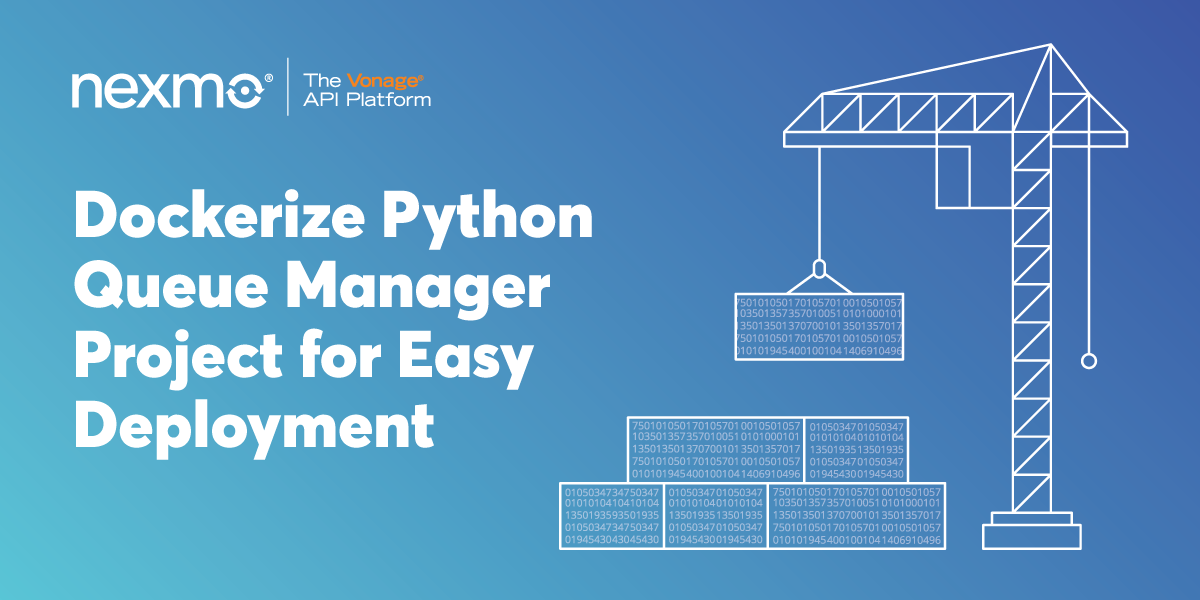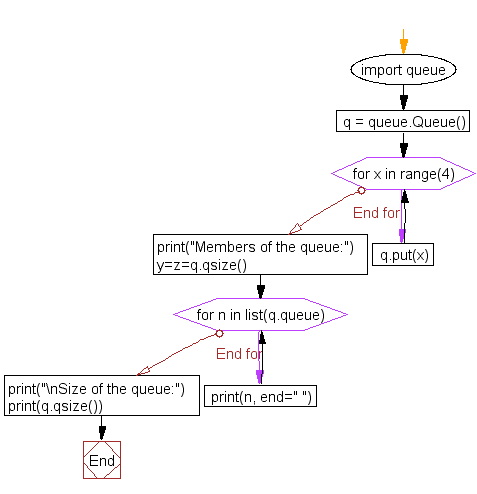
The thing to do is to use the signal/slot mechanism to send any kind of data from a worker thread (a thread created in my case by extending QtCore.QRunnable, one other pattern apparently being QtCore.QThread and, see here). I put this in quotes because it appears to be a mistake to think that, even in a fairly simple PyQt5 app, QApplication.instance().thread() will always return the same object. Quite new to PyQt5, but this appears to happen when you try to do a GUI operation from a thread which is not the "application thread".
PYTHON QUEUE TYPE HOW TO
I need to know how to send parameters to a thread, in my case i need to send q to the worker thread. I think that my way of send parameter to the thread is wrong. nnect(nder, QtCore.SIGNAL('tri()'), self._action_About) T.daemon = True # thread dies with the program T = threading.Thread(target=enqueue_output, args=(p.stdout, q)) ON_POSIX = 'posix' in sys.builtin_module_names #from queue import Queue, Empty # python 3.x """ This class is for managing the whole GUI `Workspace'.Ĭurrently a Workspace is similar to a MainWindow Here is my code: class Sender(QtCore.QThread):Ĭlass Workspace(QMainWindow, Ui_MainWindow): (Make sure 'QTextCursor' is registered using qRegisterMetaType().) You can view EDUCBA’s recommended articles for more information.Im trying to send a signal from a non-main thread in PyQt but i dont know what am doing wrong! And when i execute the program it fails with this error: QObject::connect: Cannot queue arguments of type 'QTextCursor' We hope that this EDUCBA information on “Queue in Python” was beneficial to you. After a good understanding of this, one will feel confident to solve data storage inefficiencies effectively. Stacks and queue are the most widely used data structures in the real world. We discussed the types of queues and their operations, which should help you get a good grip over them and moreover to understand their real use cases. The above covered is one of the most important concepts in the data structures of python.

PYTHON QUEUE TYPE CODE
Python Codeįrom multiprocessing import Queue Code #1 qq = Queue()

This is a type of queue where items need to be processed in parallel mode. “que” and “multiprocessing.queue” are two more good python module which can be explored for queues. Queue get():> This function get() is use to remove item from queue. Queue put(): It puts an item in the queue.Ħ. Qyeue qsize(): It returns the size of the queue.ĥ. In order to check if it’s done, this function is used. Queue task_done: If tasks are enqueued and going on. If the queue holds no items, it returns False. If the queue holds some values, it returns True. In returns True or False based on any item available in the queue. Now let’s see some operations related to queue:

PYTHON QUEUE TYPE FULL

maxSize, Initialize values for head and tail pointers.Įnqueue: Check, if the number of elements = maxSize – 1: The application of the circular queue is mostly in the traffic system, CPU scheduling, etc.īelow we learn the algorithm circular queue. This also works on the principle of “FIFO”. Here the end of the queue that is tail becomes the first of the queue that is head. This is a type of queue, which is circular in shape. However, if there are two items holding the same value, then the order comes into consideration. So, as one can see, the lowest value items come out of the queue first. This queue is a bit different from LIFO and FIFO queue. Here is the example of the LIFO(last in, first out) queue: Same addition and deletion can be done over LIFO as well. Addition and deletion of multiple elements in queue: Now, since we added elements in the queue, let’s see how it looks through the code below: Whereas s.get() will help in retrieving an element from the queue. S.put() helps in keeping an element inside a queue. Now let’s put something in a queue and see. Here is the example of FIFO queue: Addition and deletion of one element in the queue:įIFO is, by default, if queue type is not defined explicitly. Examples to Implement Queue in Pythonīelow are examples mentioned: Example #1. Python provides it in the form of module name “queue”, which can be imported to the python environment and used directly. If yes: Pop the first element from the list and then increment Head by 1.


 0 kommentar(er)
0 kommentar(er)
